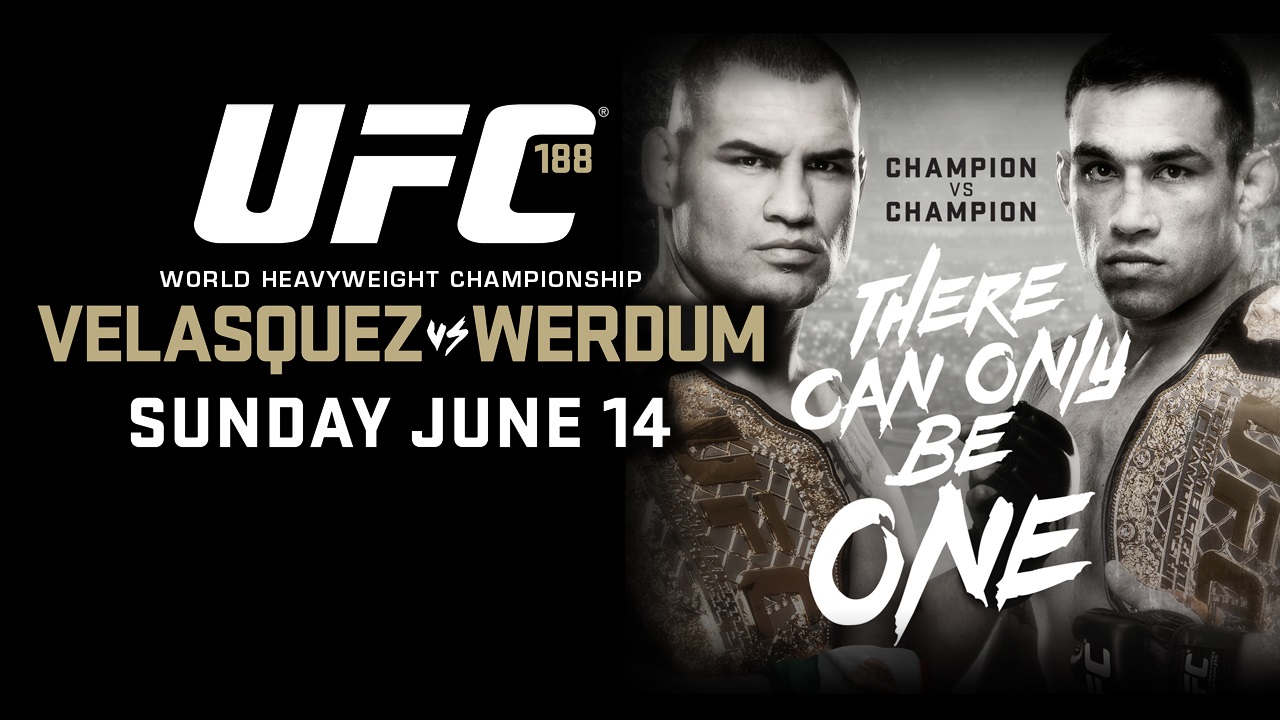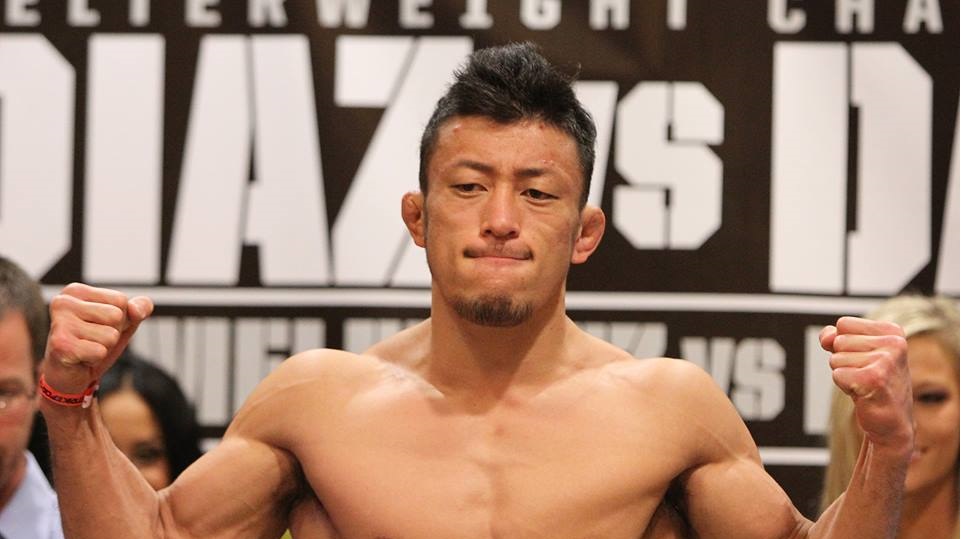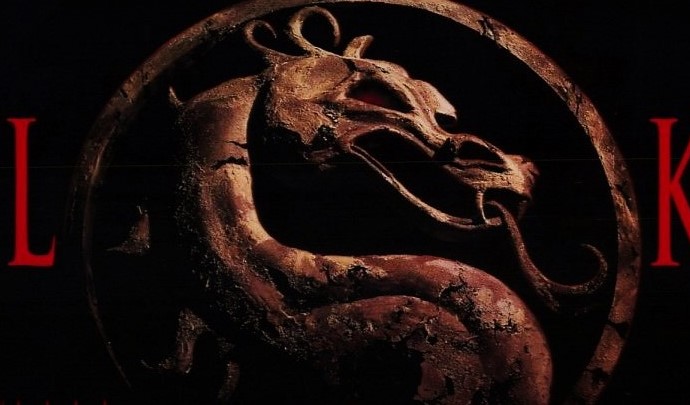
So we witnessed one of the biggest upsets in UFC history. In a shallow division where the reigning champion was expected to quickly take his place on the Mt. Rushmore of heavyweight alongside Fedor Emelianenko and Antonio Nogueira, we instead crowned Fabricio Werdum as the undisputed champion to cap his unbelievable run.
So what did we learn from the 3 round back and forth battle?
Even considering Cain Velasquez’s ring rust and the sapping effect of altitude on both fighters, quite a lot actually.
1) Cain Velasquez cannot defend the Thai Plum
I pointed out that Cain Velasquez’s striking is only effective when used to get an opponent against the fence or on the ground. But when I made that claim, I assumed Fabricio Werdum would hit him with knees and elbows as Velasquez ducked in. Even with Werdum’s grappling, I figured clinch work would favor Velasquez by a large margin.
Instead, I was surprised at how little Cain had in response to Werdum’s lethal muay-thai clinch.
Being in a thai clinch is never a great place to be, but a clinch fighter like Cain was expected to be more functional defensively especially against a fighter like Werdum who often throws the plum around a fighter’s guard.
Cain had two answers for the clinch: he would throw his right hand over the top or go for the takedown.
Now punching over the top of a thai clinch isn’t a bad idea. Chris Weidman and Eddie Alvarez did it in their fights with Anderson Silva and Donald Cerrone respectively with great effectiveness. But Velasquez was not accurate enough with his punches and Werdum yanked Velasquez too close or too low for his right hand to land flush. It also didn’t help that as the fight progressed he needed to protect his body from the knees more than he needed to hurt Werdum.
Takedowns present their own problem; ducking in against a fighter who has positioned themselves specifically to throw knees can be disastrous. But Cain wanted nothing to do with Werdum’s guard game and immediately got back up, expending energy for takedowns that went nowhere fast.
Cain needs to learn how to slip and rip out of the clinch (as he tried when it was too late and he had taken too much damage) or take a page out of Fabio Maldonado’s book and use the clinch to sink body shots and magnify his already sizable cardio advantage.
2) How to Jab Against an Aggressor
One of the criticisms I had with Junior Dos Santos against Cain Velasquez is that he chose ineffectual, patty cake jabs as he walked backwards to try and keep his distance and found himself in the clinch anyway.
Werdum demonstrated what a fantastic, semi-defensive jab looks like.
Watching it in real time without Velasquez’s head snapping back for reference, Werdum’s jab wasn’t that impressive. It wasn’t particularly fast like Anderson Silva’s sniper shot or particularly hard like BJ Penn’s sledgehammer yet it stopped Velasquez in his tracks.
Remember, an advancing opponent is adding power and weight to any shots they absorb and Cain doesn’t move his head unless he’s in the middle of getting lit up by a combination. As a result Werdum would throw out a quick, snapping jab with most of his body weight behind it and Cain would run into it. While the guillotine that won the fight and the knee that traveled up Cain’s chest to catch him in the chin will occupy the highlight reel, I suggest watching Cain’s head snap back as his body kept going forward and how he was forced to reset his position every time.
No matter how tough you are you simply cannot advance in one direction when your brain is being snapped in the opposite.
3) A Good Game Plan > Athleticism
I mean this in the best way possible: Fabricio Werdum is not a great athlete.
Compare him against the murderer’s row of heavyweights he has fought and will probably fight and he becomes the last boy picked in gym class. Velasquez, Browne, Miocic and even the aging Arlovski are leaps and bounds ahead of him as athletes. Werdum looks and moves like he woke up one day 6’ 4” and 240 lbs and doesn’t quite know how he feels about it yet.
But he’s undeniably the best in the world now.
Bigfoot Silva was bigger, stronger, and more dangerous than Werdum. So the Brazilian used inside switch kicks to the legs until Silva closed distance at which point he’d fire a right hand and grab a clinch where he had the advantage. Travis Browne had a speed, power, and range advantage against Werdum and looked it in the first round. So Werdum kept slapping body kicks until the 6’ 7” giant could only wing hopeless haymakers as he wheezed through a broken rib.
And against Velasquez, a relentless offensive dynamo, Werdum allowed him to run into a brain rattling jab over and over again in the open canvas and used the clinch against him to deliver vicious knees at the risk of a takedown (which wasn’t a great idea as we learned).
We’ve seen this happened multiple times now.
Hendricks used his lead hand to check Georges St-Pierre’s jab and render the far superior athlete virtually toothless on the feet. Rafael Dos Anjos made the slicker, faster Anthony Pettis look like an amateur simply by moving him to the cage to the point where his short stance made his kicks ineffectual. Daniel Cormier took advantage of Anthony Johnson’s propensity to throw an overhand punch (even though he was shorter) and used it to duck into clinches where he could gas the larger and stronger fighter.
Up and coming fighters should take note of this recent trend and realize that most of what gets the victory is in the gym and mind and not you’re born with. It’s not necessarily about maximizing your strengths as it is about denying your opponent’s.
Like so many women have told their dates: It’s not what you have, it’s how you use it.















